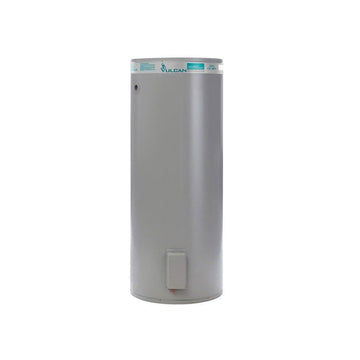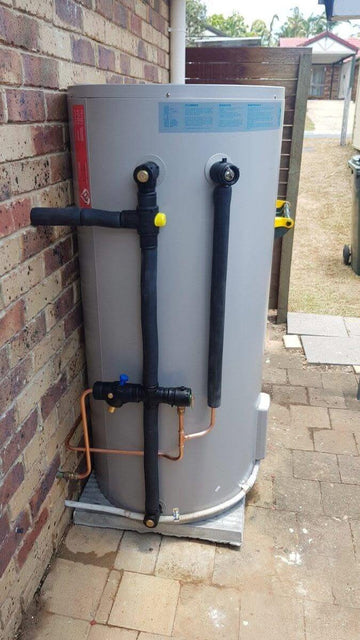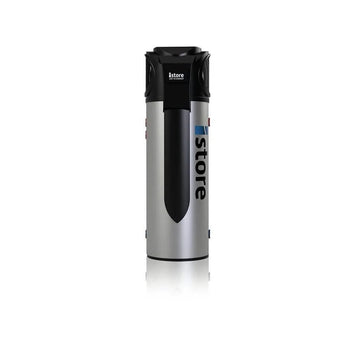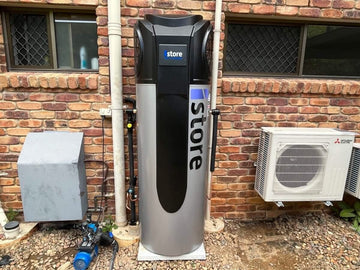Discover the Best Reverse Osmosis Water System for Your Home
Introduction
Are you concerned about the safety and purity of your drinking water? A reverse osmosis (RO) water system is an effective solution for eliminating contaminants, ensuring clean and safe hydration. This guide will explain how RO water works, what it removes, and how to select the best system for your home.
Key Takeaways
-
Reverse osmosis (RO) removes up to 99% of contaminants, including heavy metals, bacteria, viruses, and dissolved salts.
-
Different RO system types (under-sink, countertop, whole-house) cater to specific household needs.
-
Regular maintenance is essential, including filter changes and system sanitization.
-
Enhancements like remineralization filters and UV disinfection improve water quality and safety.
Understanding Reverse Osmosis
Reverse osmosis is a water purification process that uses a semipermeable membrane to remove contaminants. The process involves multiple filtration stages, including sediment prefilters and activated carbon prefilters, which eliminate larger particles and chlorine before reaching the RO membrane. Despite concerns about its acidity and mineral loss, RO water is considered safe for drinking, and it’s even adopted in municipal water treatment plants in areas with scarce resources.
How Reverse Osmosis Works
RO works by applying pressure on the contaminated water, forcing it through a semipermeable membrane that blocks most impurities while allowing clean water molecules to pass through. This process effectively removes:
-
Heavy metals (lead, mercury, arsenic)
-
Bacteria & viruses
-
Dissolved salts & chemicals
-
Fluoride & chlorine
-
Pesticides & sediment
Types of Reverse Osmosis Water Systems
There are different RO systems designed to meet various needs. Choosing the right one depends on water quality, space, and household size.
1️⃣ Under-Sink Reverse Osmosis Systems
-
Installed directly under the kitchen sink.
-
Provides on-demand filtered water through a dedicated faucet.
-
Saves money compared to bottled water.
-
Best for homeowners who want a permanent solution.
2️⃣ Countertop Reverse Osmosis Systems
-
Portable and easy to install.
-
No need for plumbing modifications.
-
Ideal for renters or small kitchens.
3️⃣ Whole-House Reverse Osmosis Systems
-
Cleans all water entering the home, including for drinking, bathing, and cooking.
-
Best for homes with severe water contamination.
-
Requires larger space & higher maintenance.
Factors to Consider When Choosing an RO System
Before purchasing an RO system, consider these factors:
🔹 Water Quality: Test your water supply to identify contaminants. 🔹 System Capacity: A 50 GPD (gallons per day) system is sufficient for most households. 🔹 Efficiency & Waste Ratio: High-efficiency models waste less water. 🔹 Maintenance Requirements: Regular filter changes & membrane replacements. 🔹 Space Availability: Choose a system that fits your home setup.
Enhancing Your Reverse Osmosis System
RO systems can be upgraded with additional features to improve water quality:
🌱 Remineralization Filters
-
Adds essential minerals (calcium, magnesium) to improve taste.
-
Balances pH levels of RO water.
🔆 UV Disinfection Systems
-
Uses ultraviolet light to kill bacteria and viruses.
-
Provides an extra layer of protection without chemicals.
Installation & Maintenance
Many RO systems come with DIY installation kits, but professional installation ensures proper setup and adherence to plumbing regulations.
🔧 Maintenance Tips:
-
Replace pre-filters every 6-12 months.
-
Change RO membrane every 2-3 years.
-
Sanitize the system annually to prevent bacteria buildup.
Environmental Impact of Reverse Osmosis Systems
While RO systems produce wastewater, they remain a more sustainable alternative to bottled water. Some modern systems minimize waste by utilizing high-efficiency membranes.
Reverse Osmosis vs. Other Water Filtration Methods
🔹 Carbon Filters: Remove chlorine & odors but don’t eliminate dissolved solids.
🔹 Water Softeners: Reduce hardness (calcium & magnesium) but don’t filter contaminants.
🔹 Distillation: Effective but slow & energy-intensive.
Summary
Reverse osmosis is one of the most effective water purification methods for removing contaminants and improving water quality. Whether you need an under-sink system for convenience, a countertop unit for portability, or a whole-house setup for comprehensive filtration, there’s an RO system that fits your needs.
Frequently Asked Questions
❓ Is reverse osmosis water safe to drink?
Yes, RO water removes harmful contaminants, making it safe for consumption.
❓ What are the downsides of RO water?
It removes beneficial minerals, but this can be offset with a remineralization filter.
❓ How much does an RO system cost?
Prices range from $200 for basic under-sink models to $3,000+ for whole-house systems.
❓ How often should I change RO filters?
Filters should be replaced every 6-12 months, and the RO membrane every 2-3 years.
For expert installation and the best reverse osmosis systems, visit Installed Today and find the perfect water filtration solution for your home! 💧✨











